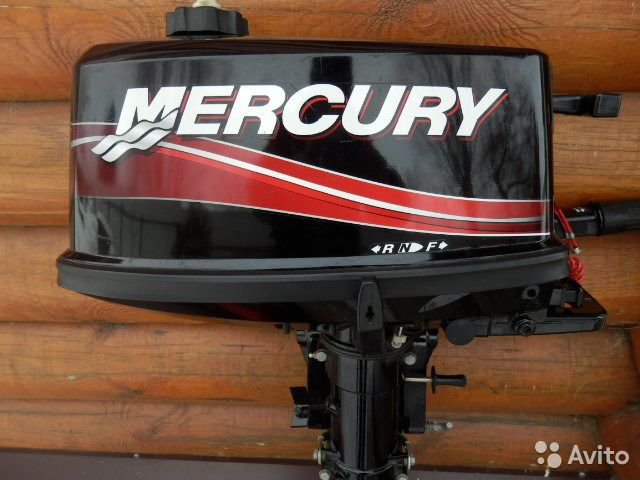Like other machinery, constant servicing is s required for the optimal performance of your outboard boat motor. Starting from the engine itself, you should be on the lookout for any signs of wear and tear, such as oil leaks or loose connecting parts. In particular, the exhaust system should be regularly checked, and any worn-out parts replaced as soon as possible. We will look at the best practices to maintain your Mercury boat motor’s exhaust system, as well as what parts are available.
Maintaining your Motor’s Exhaust System
Outboard motors rely heavily on their exhaust systems to efficiently expel combustion gases from the engine, maintain pressure within it for improved performance and efficiency, as well as muffling its noise output to offer a more enjoyable boating experience. Furthermore, proper installation is crucial to prevent water from entering the engine. This involves securely sealing the exhaust tubes to the manifold and ensuring that all bolts are tightened properly. Consequently, you should regularly inspect and fix faulty exhaust parts for optimal performance.
Fortunately, all mercury boat motors have a manual with detailed instructions about servicing and maintenance. Professional assistance is further recommended if you are unsure of any part of the procedure, as you do not want to risk damaging your motor. When it comes to replacing any defects, you will find a variety of Mercruiser exhaust parts available online from NuWave Marine, including:
Manifolds: This component is responsible for collecting the exhaust gases from the engine’s cylinders and directing them to the exhaust pipe or hose. Which then carries the gases to the muffler. It is connected to the cylinder head and can be made from different materials such as cast iron or aluminum. Sturdy systems are built to last.
Muffler: If your boat engine’s muffler has become rusted, corroded, or damaged due to impact or extreme temperatures, it may be time for you to replace it. Additionally, sediment and debris can accumulate in the muffler over time. That may interfere with its working efficiency—resulting in higher noise levels as well as more vibration from the engine. Keeping track of the muffler can guarantee longevity and ensures that your noise levels are all good.
Exhaust Hose: It is used to connect the exhaust manifold to the muffler, and should be regularly inspected for any signs of cracking or wear and tear. Knowing that your equipment is in good condition always is important. This component also comes in different variations and can be purchased according to your make and model. Research which ones work best for your boat.
Bellows: These are joints that provide a flexible connection between the manifold and the muffler to accommodate the movement of the engine. They ensure a tight seal is maintained between moving parts, while also protecting the exhaust system from water. These wear and tear over time, so it’s best to check on the bellows when you can. Knowing your boat is in good shape before going out can bring you peace of mind.
Risers: Attached to the exhaust manifold, these components channel hot gases away from the engine and into the atmosphere. Additionally, they are placed above water level so that no water gets inside. It’s important to know if these are in good condition. Be careful when messing with your equipment to avoid injuring yourself.
Conclusion
By following the best practices above and replacing any defective or worn-out parts, you can ensure that your Mercury boat motor’s exhaust system runs optimally. A variety of parts are available, including manifolds, risers, bellows, and mufflers. All of these can be purchased according to your make and model. Regular maintenance should also help you identify any potential issues before they become serious problems. With the right amount of research, you can keep your boat in great shape while saving money.
